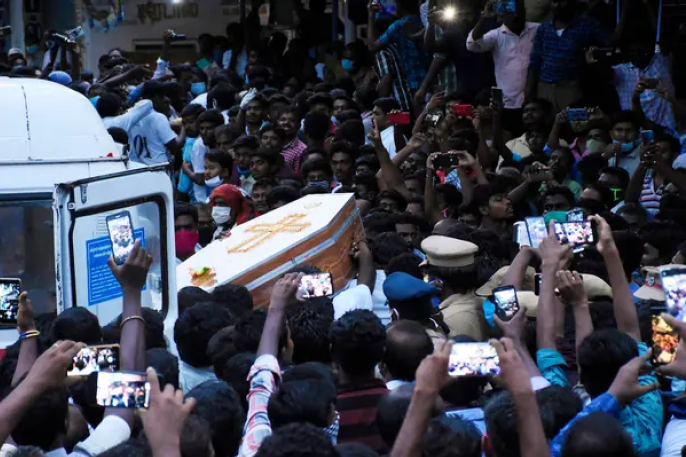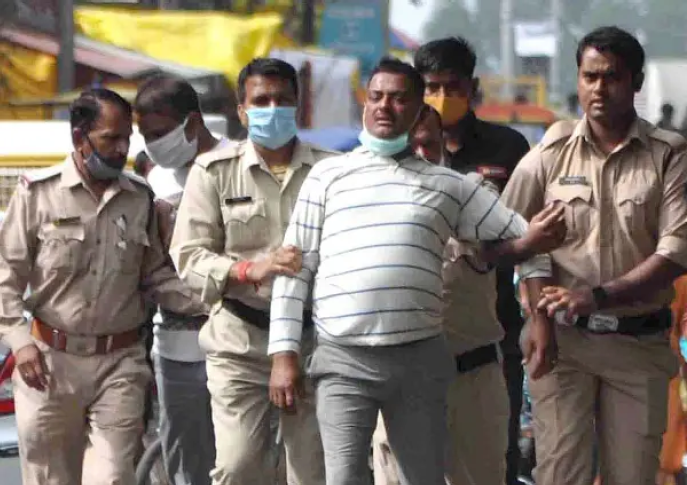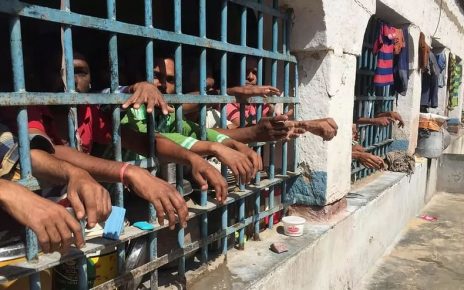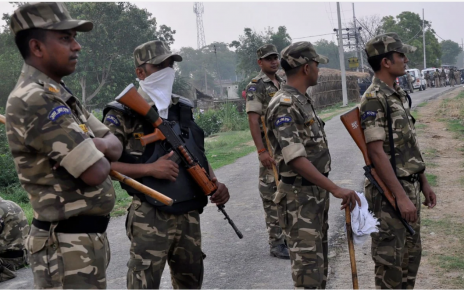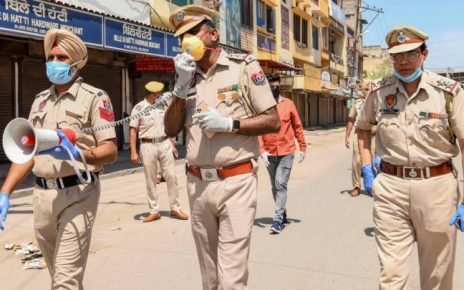The New York Times
20 August 2020
Despite evidence of widespread police brutality, no significant grass-roots movement has arisen. For many Indians, day-to-day crime is the more pressing issue.
By Jeffrey Gettleman and Sameer Yasir
NEW DELHI — A father and son were hauled into a small police station in the southern Indian town of Sathankulam in June after arguing with police officers. When friends and family members went to the station, they heard screams emanating from inside, growing louder as night fell.
The next afternoon, the two men, Ponraj Jeyaraj, 58, and Beniks Jeyaraj, 31, stumbled outside surrounded by officers, blood dripping down the backs of their legs. They had clearly been tortured in police custody, family members and lawyers in the town said. “Please, find a way to get us bail,” Ponraj Jeyaraj begged his sister, Jaya Joseph, as he was taken to a hospital, she recalled. She said her brother’s last words to her were: “We will not survive another day.”
Father and son died hours apart, from severe internal injuries, a few days later. Police officials in charge of the station declined to comment, saying the case was now under federal investigation.
For decades, India has absorbed case after case of police brutality, torture and extrajudicial killings. Every year, scores of Indians are killed in what activists call “fake encounters,” and many more, activists say, are tortured to death in police custody.
Many of these killings have been extensively covered in the Indian news media, and some have set off a few strikes and demonstrations. But rarely have they provoked widespread protests calling for change.
Around the world, the death of George Floyd in police custody in Minneapolis in May unleashed searing examinations of police abuse, racism and injustice — but not in India, where no large grass-roots movement has emerged to take on police brutality. For many Indians, day-to-day crime is the more pressing issue, and they often side with the police, even when there is voluminous evidence that they have abused their power. There is also a fear of speaking against the police.
According to a lengthy report by the National Campaign Against Torture, an Indian rights group based in New Delhi, the capital, at least 1,731 people were killed in custody last year. The majority of the victims, the report said, were the usual victims of abuse: Muslims and lower-caste Hindus.
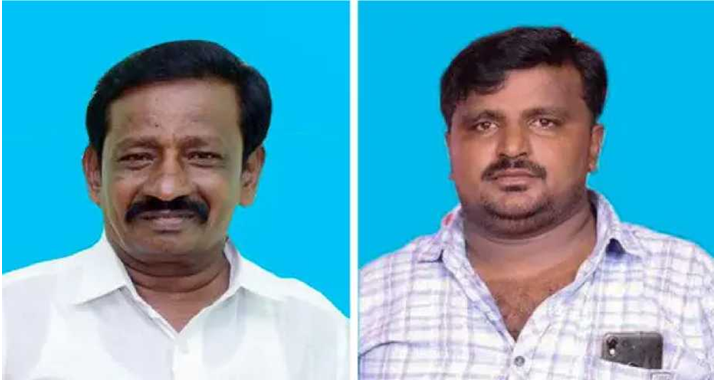
Police killings here rarely result in punishment. From time to time, a few officers are arrested, but convictions come few and far between.
Many Indians, exasperated with the sclerotic functioning of an overburdened and often corrupt law enforcement system, crave justice and welcome the elimination of people they see as criminals.
“There are outright public celebrations of police killings,” said Devika Prasad, head of police reforms at the Commonwealth Human Rights Initiative, a human rights organization. “The extremely slow judicial process and low conviction rates make people fear that criminals will get away with their crimes. That’s why many see these killings as just.”
The use of torture is explicitly banned in India, but in police stations, it happens all the time, activists said. There’s even a common euphemism for it: third-degree interrogation.
First-degree interrogation is hard questioning. Second-degree is physical assault, including slapping and beating with sticks.
And third-degree interrogation, according to rights activists and several police officers who spoke on condition of anonymity and acknowledged its use, involves physical torture, like what the Jeyarajes appear to have been subjected to in June.
Family members, including Ms. Joseph, Ponshekar Nadar, a son-in-law of Ponraj Jeyaraj, and two others who saw the dead bodies, said that large pieces of skin had been ripped off the men’s buttocks. They also said that doctors at the hospital told them that both men had suffered grave internal injuries, possibly from blunt objects being thrust inside their rectums.
Doctors at the hospital declined to comment, as did an official at the district headquarters that oversees the police station in Sathankulam. Thiru J. K. Tripathy, the top police official in Tamil Nadu State, which includes Sathankulam, also declined to comment.
Human rights groups say there has not been a single conviction in the deaths of 500 people alleged to have been tortured in police custody between 2005 and 2018.
In Uttar Pradesh State, which is notorious for suspicious police killings, magistrates have investigated 74 since March 2017. In every case, the officers were cleared.
These killings, according to Ms. Prasad, have accelerated under the leadership of Yogi Adityanath, a strident Hindu nationalist monk who is now the state’s chief minister. When he came into office in 2017, Mr. Adityanath openly boasted that his government would “bump off” criminals.
Police killings in India come in many forms. Some suspects are beaten to death in neighborhood police stations, activists said. More are killed in judicial custody, when they are housed in overcrowded jails.
Others have been killed in the middle of riots or bursts of communal violence, like what happened in February in New Delhi, when officers responding to clashes between Hindus and Muslims captured a group of Muslim men and beat them severely. One died two days later from internal injuries.
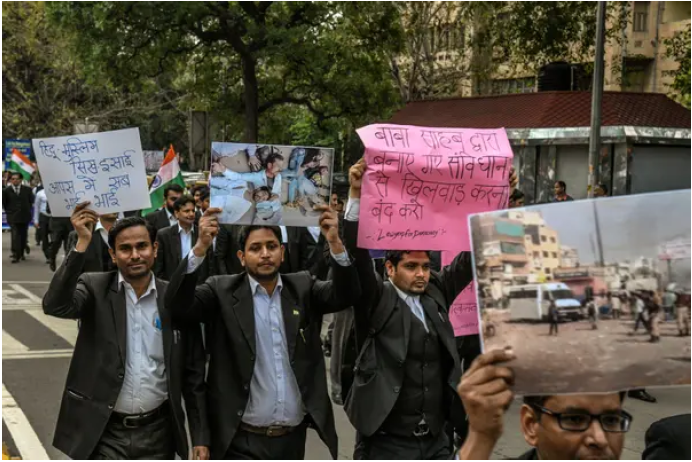
Then there are the cases in which officers say they had no choice but to shoot dangerous suspects who either attacked them or refused to surrender. These incidents are called
encounters.
Last year, the police in Hyderabad gunned down four men in an encounter. The suspects had been accused of rape and murder, and the police said that during a re-enactment of the
crime, the suspects tried to snatch their guns. Few people actually believed that account, according to numerous interviews with Hyderabad residents at the time. But still, the
officers were feted as heroes and showered with rose petals.
Last month, another questionable encounter unfolded, this time on a highway near Kanpur, a hardscrabble industrial city in Uttar Pradesh.
Police officers were transporting to jail a notorious criminal, Vikas Dubey, whom many Indian news outlets had identified as a gangster. Mr. Dubey’s gang had recently shot and killed eight police officers, officials said. The police said the car transporting him overturned. Mr. Dubey was shot to death along the highway, after what the police described as a short struggle.
What raised eyebrows was that journalists following the convoy transporting Mr. Dubey said they were stopped a mile before the site of the accident, a few minutes before it happened. The journalists said police officers were already blocking the highway.
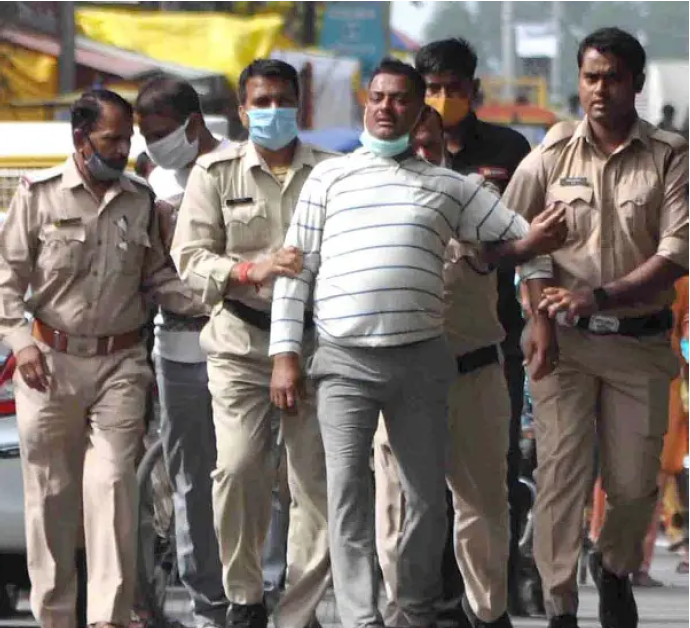
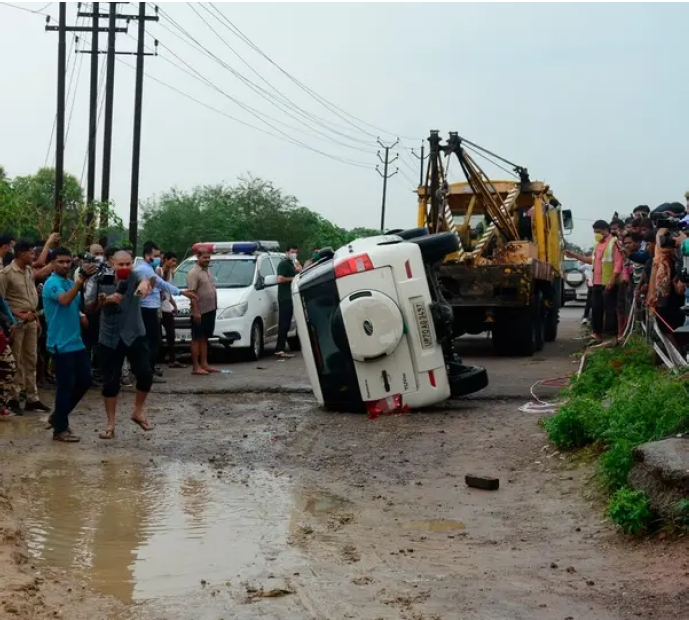
The ordeal for Ponraj Jeyaraj and his son began on the evening of June 18. They argued with police officers who were going around the market in Sathankulam, scolding a number of shopkeepers for violating coronavirus rules — including the Jeyarajes, who had kept their shop open 10 minutes past the required closing time. A few days earlier, family members said, the same officers had tried to pressure Beniks Jeyaraj into giving them a free phone from his shop, and when he refused, they left in a huff.
On June 19, around 7 p.m., four police officers from the Sathankulam station arrested the father and drove him away in a van. When his son rushed to the police station, he was detained as well.
Several witnesses, including a lawyer, Raja Ram; one of the Jeyarajes’ neighbors, Dev Singh Raja; and a rights activist, Yusuf, who like many Indians uses only one name, said that when the men were brought to a hospital for a medical exam the next day, they were limping in blood-spattered pants, leaving a trail of thick, dark blood. Ponraj Jeyaraj asked for a lungi, a type of sarong. His son, too, changed into fresh clothes.
Paramedics watched in shock, Mr. Ram said, as the Jeyarajes’ new clothes reddened with blood within minutes. The father and son were then driven to the house of a magistrate, who saw them from a distance and gave the police permission to send them to jail.
On June 22, they were moved to a hospital after complaining of chest pains. Ponraj Jeyaraj was the first to die, late that night. Hours later, his son died. After shopkeepers called for a strike to protest the deaths, the Central Bureau of Investigation, a federal agency, stepped in. Ten police officers have been arrested and put in jail, but a magistrate told prosecutors that none of the officers were cooperating and that they had tried to destroy evidence.
These days, the Jeyaraj family spends much of its time meeting with investigators and trying to obtain the autopsy report, a process that is likely to take months. “Getting justice in cases like these is a long struggle,” said Vinod Kumar, a son-in-law of Ponraj Jeyaraj. “Especially when you know the protector has turned into a murderer.”
